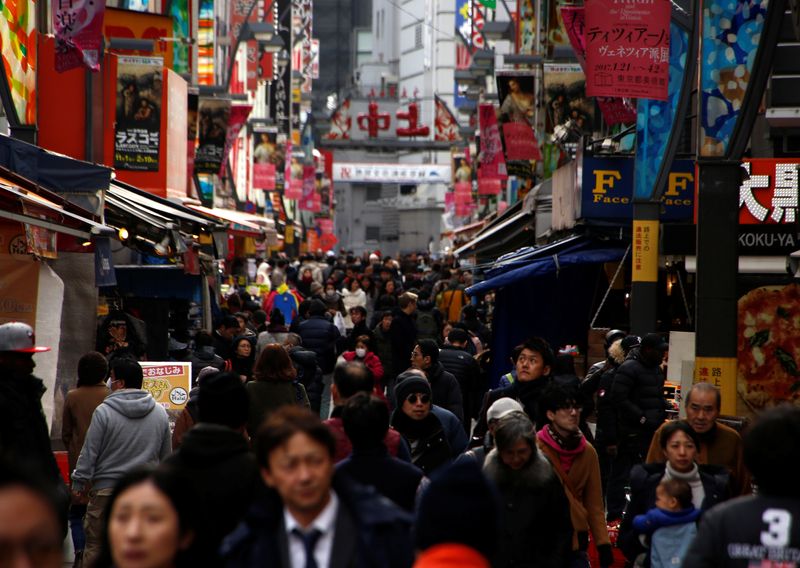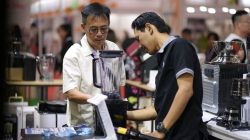Japan’s Core Inflation Remains Above Target Amid Ongoing Price Pressures
Japan’s core inflation has shown a slight slowdown in June, yet it continues to exceed the central bank’s 2% target. This persistent inflationary trend underscores ongoing price pressures and reinforces market expectations for further interest rate increases.
The core consumer price index (CPI), which excludes volatile fresh food costs, rose by 3.3% in June compared to the same period last year. This figure matched the median market forecast and marked a decline from the 3.7% increase recorded in May. The slower growth was primarily attributed to the resumption of gasoline subsidies. However, despite this decrease, the core CPI remained above the 2% target for the 39th consecutive month.
Another key measure, the core CPI that excludes both fresh food and fuel costs, also showed an increase of 3.4% in June, following a 3.3% rise in May. This index is closely monitored by the Bank of Japan (BOJ) as a gauge of domestic demand-driven price trends.
Economists have noted that underlying inflation remains high and is likely to surpass the BOJ’s projections. However, with trade tensions posing significant risks to the economy, there is a possibility that the BOJ may delay further rate hikes beyond current expectations.
The data will be a crucial factor for the BOJ when it meets on July 30-31 to review its quarterly forecasts. Analysts expect the central bank to revise its inflation projections upward during this meeting.
Rising Food Costs and Service Sector Inflation
Food prices, excluding those of volatile items like vegetables, increased by 8.2% in June compared to the previous year. This marks an acceleration from the 7.7% gain in May, highlighting growing cost-of-living pressures on households.
Rice prices nearly doubled from their levels a year ago, leading to a 19% increase in the price of rice balls and a 6.5% rise in sushi dining costs. These figures reflect the broader impact of rising food costs on everyday consumer expenses.
Service-sector inflation also saw a slight increase, reaching 1.5% in June, up from 1.4% in May. This suggests that businesses are passing on higher labor costs to consumers, albeit at a slower pace than for goods.
Central Bank’s Challenges and Economic Outlook
The BOJ exited a decade-long stimulus program last year and raised short-term interest rates to 0.5% in January, based on the belief that Japan was nearing a sustainable 2% inflation target. While the central bank has indicated its willingness to raise rates further, the economic effects of higher U.S. tariffs have led to revised growth forecasts.
In May, the BOJ cut its growth projections due to these external pressures, complicating decisions about the timing of future rate hikes. Japan’s economy contracted in the first quarter, as rising living costs dampened consumer spending. Exports fell in May for the first time in eight months, raising concerns about potential recession.
A majority of economists surveyed in June anticipated that the BOJ would avoid another rate hike this year, signaling cautious optimism about the economic outlook. As the central bank continues to navigate these challenges, the path forward for interest rates remains uncertain.







